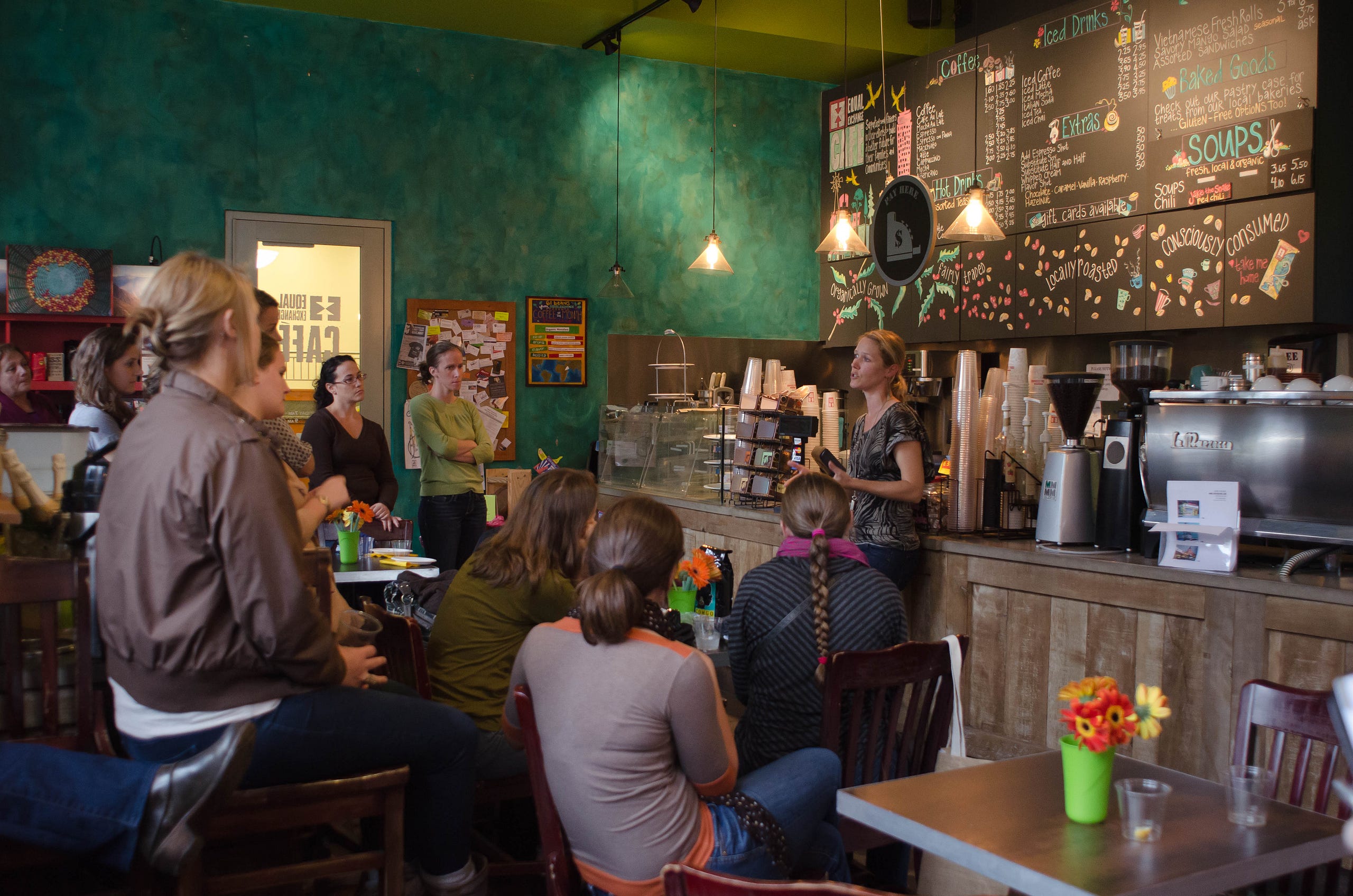Spreading the word about Employee Ownership
by Erin M. Kesler
Set to launch on September 5, 2017, Certified EO is a membership organization that seeks to transform the way American businesses see employee ownership.
Certification is a proven tool for spreading market innovation. For example, fair trade labels help discerning consumers choose products that meet their standards for environmental protection and workers’ rights, and LEED building certifications signal that buildings are designed with sustainability in mind.

Certified EO is making a strong case that employee ownership needs to be the next certification that innovative businesses can promote. While income inequality in the United States continues to soar, employee-owners earn 12 percent more than other employees with comparable jobs, and have double the retirement savings. Studies have repeatedly shown that employee-owners have more secure jobs, are more productive, and have better morale. Fifty by Fifty sat down with Certified EO Co-Founder and CEO Thomas Dudley to learn more about the project.
Erin Kesler: How did you get interested in employee ownership and what lead to you to Certified EO?
Thomas Dudley: I’ve always been a voracious reader and while I was working as a management consultant I read an article about an employee-owned company. I thought, “Why haven’t I ever heard of this?” EO appealed to me because it’s a simple and elegant concept that is very American. I like that EO is centered on ownership, which is really the key to upward mobility. I started exploring on my own and read works by Joseph Blasi and Gar Alperovitz.
A year or two later, I was accepted into the Organizational Behavior program at the Stanford GSB and dove into academic work on employee ownership. I started doing research on my own and ended up at as a member of the Beyster Fellows program, which specializes in employee ownership.
I was curious to find out what the typical American thinks about EO, so I ran a nationally representative survey. I found very strong support for employee ownership among the American public. But what struck me was that although opinion polls demonstrate support for the idea of EO once people are introduced to it, the barrier is that most people do not know about EO or its benefits. That’s where Certified EO comes in; we want to get the word out.
Erin Kesler: What does the process to become Certified EO look like?
Thomas Dudley: We define a company that is Certified EO as one that has significant and broad-based participation in their employee ownership plan; at least 30 percent employee-owned.
We’ve found that many companies that are EO have not taken time to fully analyze ownership’s benefits, marketing and recruitment potential, internally or externally. So, we offer about 8 hours of consulting with all the necessary people in a company, like the HR and accounting departments, to help them collect data about their levels of democratic governance, engagement, and recruitment, among other factors. It’s a rigorous process, but we do much of the legwork for them.
Erin Kesler: What types of companies are you working with?
Thomas Dudley: We have 29 member companies right now that represent about 48 thousand employees. What strikes me is that really there is no single industry that EO fits best. Some of our members are craft brewers, like Modern Times Beer, and other are software developers, like Miklos Systems. Our members are a very diverse group, from manufacturing, to professional services, representing the wide potential for employee ownership across the whole economy.
Fifty by Fifty: What else does Certified EO offer to its members?
So far, we’ve used our research to build toolkits for members focused on successful messaging of EO to customers. We’ve also structured toolkits around articulating EO’s benefits in terms of staff recruitment. We want more people to understand that employee-owned companies are great places to work. We also help our members integrate EO into marketing, recruitment, and external communications. For members that want to take it further, we can do one-on-one projects. For example, we’re working with two of our members who want to codify exactly what employee ownership means at their company and how they can work that into their regular, internal, communications.
Looking forward, we will continue to expand our employee-ownership research — both public opinion studies and gather best practices from EO-owned firms to inform future webinars and toolkits.
Stay tuned for more blogs on Certified EO and learn more about them here.
